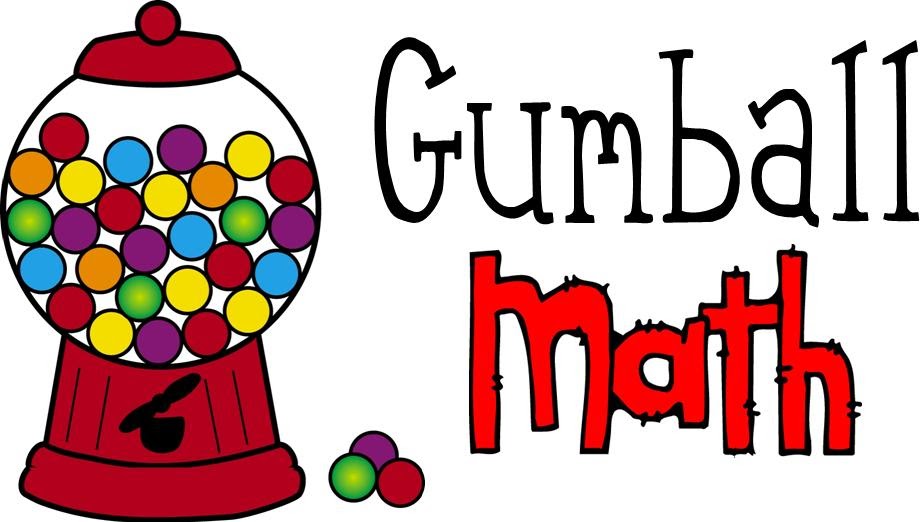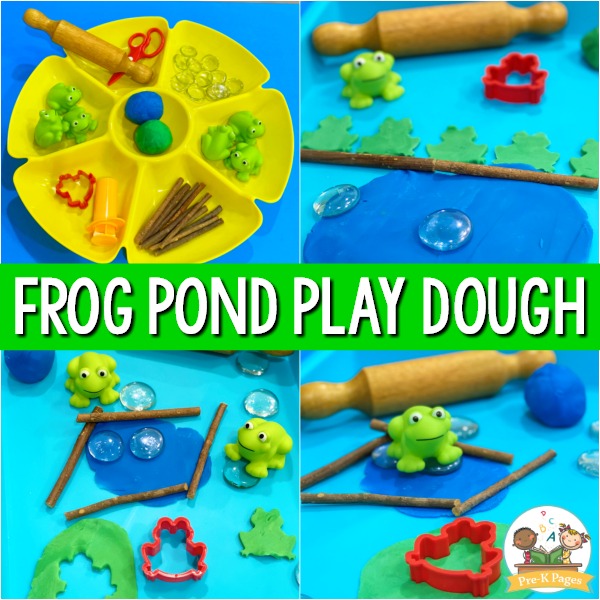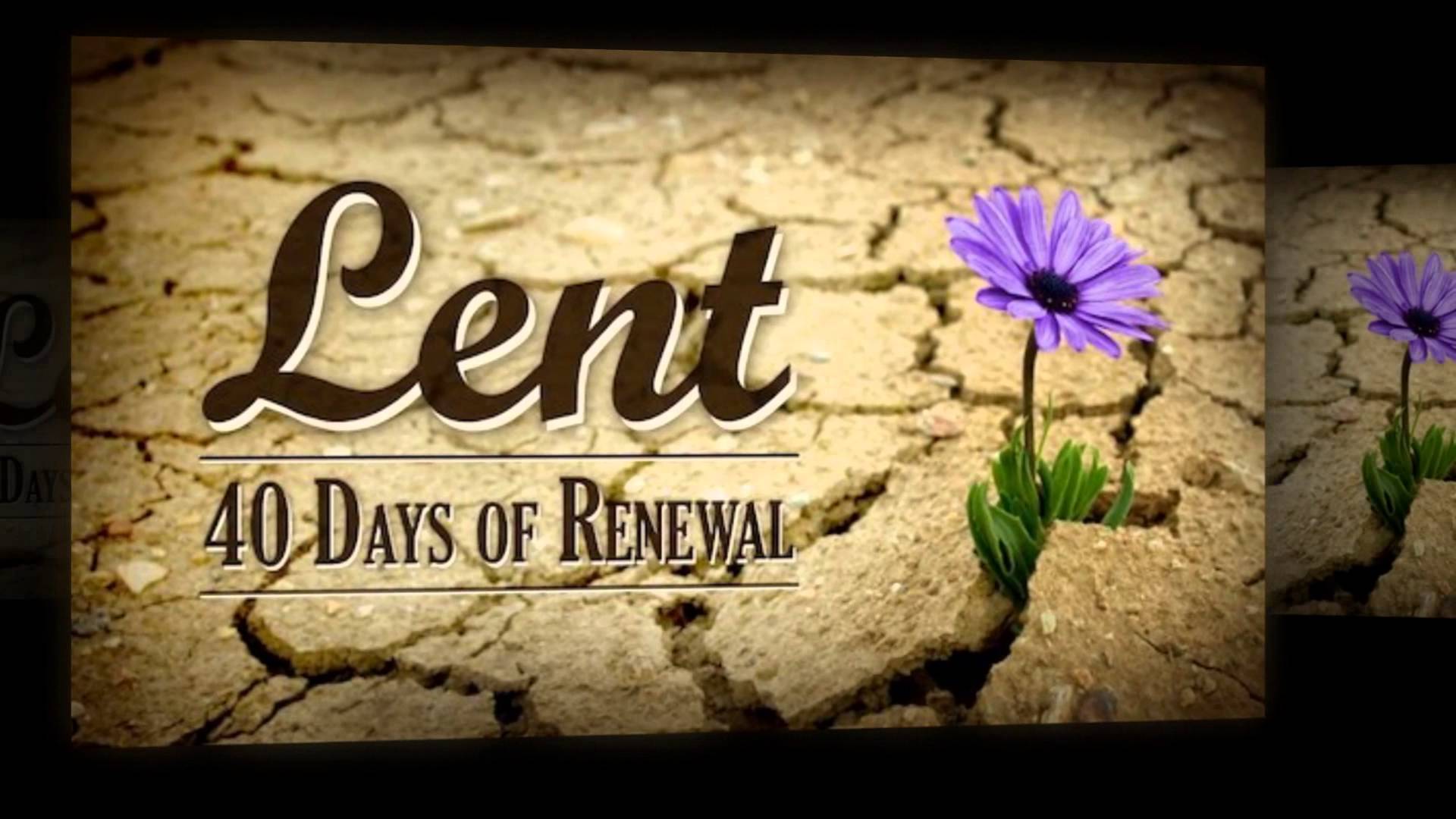Art class decor watercolor vocabulary terms editable
Table of Contents
Table of Contents
If you are an artist or have ever tried your hand at watercolor painting, you know that there are a variety of terms and techniques that can be overwhelming. However, understanding these terms is vital to create beautiful and professional watercolor paintings. In this article, we will explore the essential watercolor terms and techniques that every artist needs to know.
Pain Points related to Watercolor Terms
Many artists struggle with watercolor painting, particularly if they are not familiar with the terms and techniques specific to it. As a beginner, it can be overwhelming to learn about washes, glazes, and gradients, and how to use them effectively. Understanding these terms can seem challenging, but it is necessary to master watercolor painting accurately.
What is the target of Watercolor terms?
The main aim of watercolor terms is to help artists understand the different techniques and tools required for watercolor painting. Whether you are new to watercolor painting or an experienced artist, understanding these terms can help you create beautiful and professional paintings.
Summary of Watercolor Terms and Related Keywords
Now that you have a general understanding of the importance of watercolor painting terms, let’s explore some of the essential terms that you need to know. Here are some of the most commonly used watercolor terms and techniques:
- Washes: A wash is a technique that involves using water and color to create a transparent layer over the paper’s surface.
- Gradients: A gradient is a technique that involves creating a smooth transition between two or more colors of paint.
- Glazes: A glaze is a transparent or translucent layer of watercolor that is applied over a previously painted area to modify the color or tone.
- Dry Brush: The dry brush technique involves using a brush with dry, thick paint to create rough and uneven textures on the paper’s surface.
Understanding Washes
A wash is an essential technique that is used to add depth and texture to watercolor paintings. To create a wash, take your brush and wet it with water. Then, dip it into your paint and apply it to the paper in long, sweeping motions. Gradually add more color and water as needed, until you have achieved the desired effect. Remember to clean your brush between colors to avoid muddying your paints.
Using a wash can help you create a variety of effects in your watercolor painting, such as light washes for highlighting and dark washes for shading. Experimenting with washes can help you develop techniques that are unique to your style.
Understanding Gradients
A gradient is a technique that is used to create a smooth, gradual transition between two or more colors of paint. To create a gradient, start by painting the area you wish to cover with the lightest color. Then, pick up some of the darker color with your brush and paint over the lightest color, gradually mixing the two together. Continue to add more of the darker color until you have achieved the desired effect.
Using gradients in your watercolor painting can help you create smooth transitions between different colors, making your artwork appear more natural and lifelike.
Understanding Glazes
Glazes are transparent or translucent layers of watercolor that are applied over previously painted areas of your painting. Typically, glazes are used to modify the color or tone of an area of the painting, or to add a tint of color. To create a glaze, mix your paint with a small amount of water until it is thin enough to apply as a translucent layer. Then, apply the glaze over the previously painted area, making sure to keep your brushstrokes light and even.
Using glazes in your watercolor paintings can help you achieve a wide range of effects, from delicate tints of color to bold, saturated hues.
Understanding Dry Brush
The dry brush technique involves using a brush with dry, thick paint to create rough and uneven textures on the paper’s surface. To create a dry brush effect, load a small amount of paint onto your brush and then wipe some of the excess away on a paper towel. Then, use the brush to create rough and uneven textures on the paper’s surface by making quick, scratching strokes.
Using a dry brush can help you create a variety of textures in your watercolor painting, from rough and grainy textures to smooth and silky ones.
Question and Answer about Watercolor Terms
Q: What is the difference between a wash and a glaze in watercolor painting?
A: A wash is a technique that involves using water and color to create a transparent layer over the paper’s surface. A glaze is a transparent or translucent layer of watercolor that is applied over a previously painted area to modify the color or tone.
Q: How can I use gradients in my watercolor paintings?
A: Gradients are used to create smooth, gradual transitions between two or more colors of paint. To create a gradient, start by painting the area you wish to cover with the lightest color. Then, pick up some of the darker color with your brush and paint over the lightest color, gradually mixing the two together. Continue to add more of the darker color until you have achieved the desired effect.
Q: What is the dry brush technique in watercolor painting?
A: The dry brush technique involves using a brush with dry, thick paint to create rough and uneven textures on the paper’s surface. To create a dry brush effect, load a small amount of paint onto your brush and then wipe some of the excess away on a paper towel. Then, use the brush to create rough and uneven textures on the paper’s surface by making quick, scratching strokes.
Q: Why is understanding watercolor terms important?
A: Understanding watercolor terms can help you create beautiful and professional watercolor paintings. By knowing the different techniques and tools required for watercolor painting, you can develop your artistic abilities and create unique pieces of artwork.
Conclusion
In conclusion, watercolor painting can be a challenging but highly rewarding experience. Understanding the essential watercolor terms and techniques is critical to mastering this medium accurately. Whether you are new to watercolor painting or an experienced artist, mastering these terms can help you create beautiful and professional paintings.
Gallery
Watercolor Painting Terms And Techniques - Louise Jackson Painting Classes
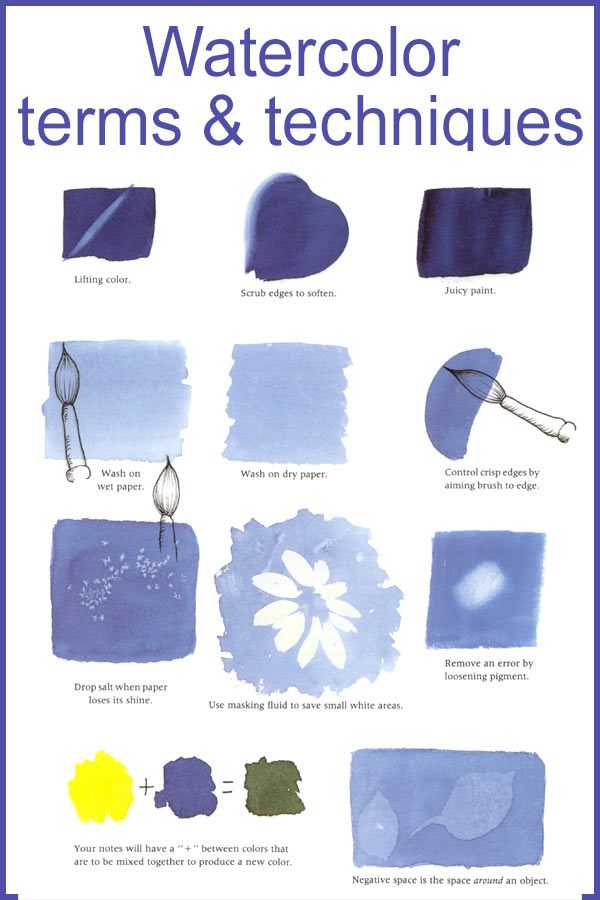
Photo Credit by: bing.com / techniques
PPT - Watercolor Terms Watercolor Techniques PowerPoint Presentation

Photo Credit by: bing.com / techniques
Watercolor Terms You Should Know - JerrysArtarama.com
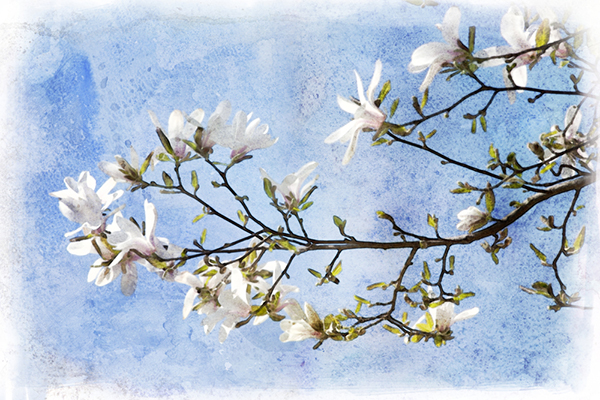
Photo Credit by: bing.com / watercolor terms should know easy jerrysartarama
Art Class Decor Watercolor Vocabulary Terms EDITABLE | Elementary Art

Photo Credit by: bing.com /
Watercolor Painting Terms And Techniques - Louise Jackson Painting Classes
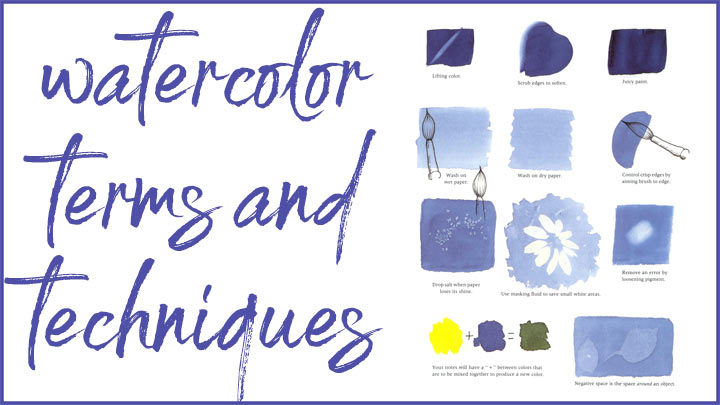
Photo Credit by: bing.com /
